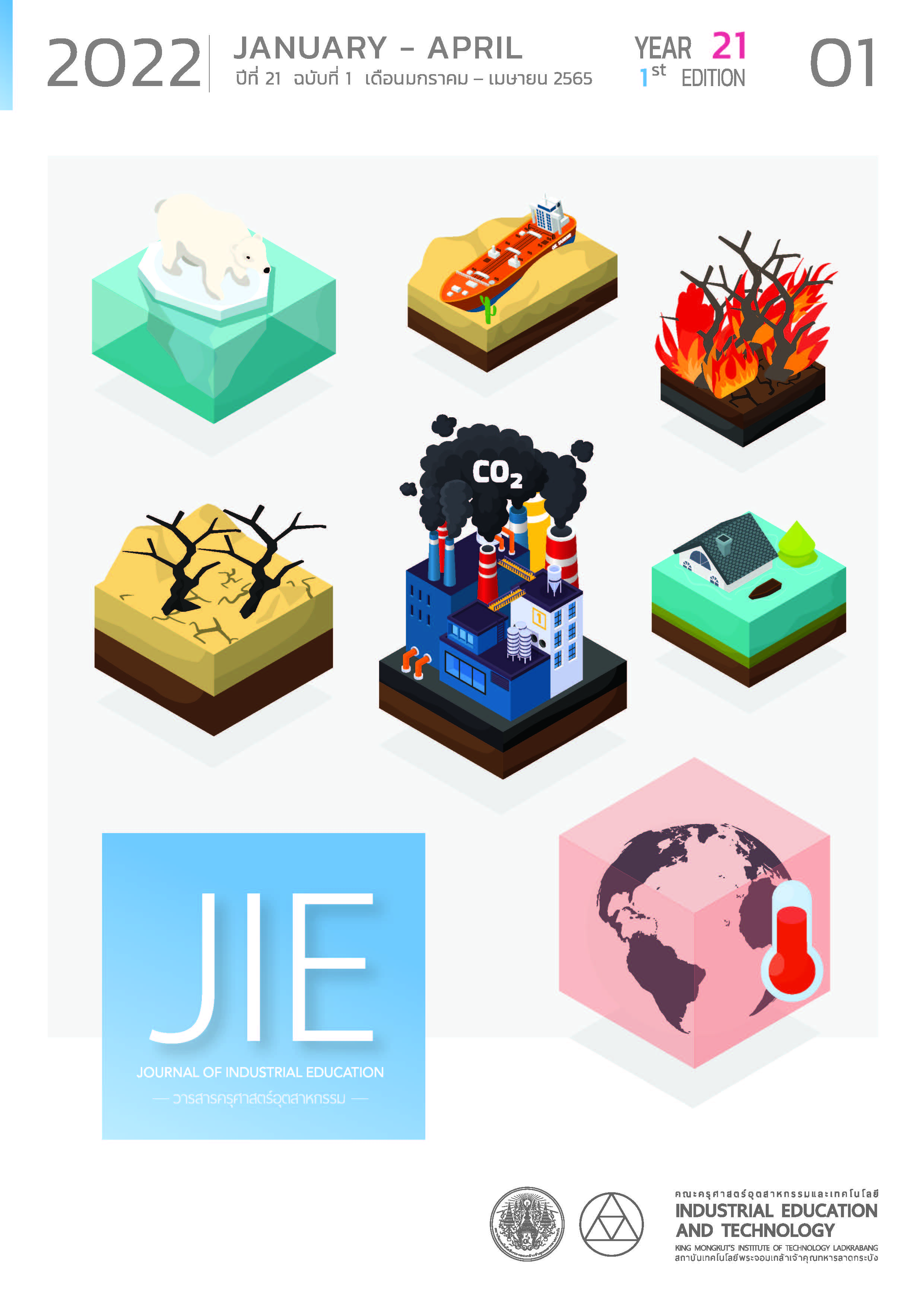ARTIFICIAL INTELLIGENT AND SCIENCE TEACHING
Keywords:
AI, Science Teaching, Nature of TechnologyAbstract
The current society has been facing social disruptive problems that affects human life. The disruption due to development of human innovation is increasing rapidly. It is undeniable that artificial intelligent (AI) is a functional machine that has a multi-skill, deep-learning, understanding, and learning how to acquire and solve problems. The four types of AI are 1) Systems that think like humans 2) Systems that act like humans 3) Systems that think rationally and 4) System that act rationally. AI has been developed and played a great role for daily life and it shows the nature of technology in terms of change. Teacher has to bring technology to change to make our world a better place and improve things for what human needs. In Education 4.0., teachers also use AI to develop educational applications for students and help them to achieve equal education and simple communication between teachers and students. For science, in Thailand’s curriculum, science and technology are combined together. The introduction of this modern technology is continually evolving which improves teachers to adapt their pedagogy, methodology and teaching methods.
As a teacher, he/she must develop himself/herself to keep up with the changes in the era of technology which enables them to choose and apply technology for both work and teaching management appropriately. They must also teach students how to use technology effectively and they must also learn to use technology especially in AI which is a good tool that teacher can use in teaching because in the future technology especially AI can help students effectively in learning.
References
Coraline. (2017). What is disruption? https://bit.ly/3mDFtCr (in Thai)
Dungsunenarn, N. (2017, December 15). NASA uses artificial intelligence to discover exoplanet Kepler-90i. https://bit.ly/3JnxwLl (in Thai)
Funchian, N. (2019a, February 7). How about 4.0 era teaching? https://bit.ly/3qxAODe (in Thai)
Funchian, N. (2019b, October 8). AI and education promotion. https://bit.ly/3mF7Znc (in Thai)
Intharawiset, T., Phulketnakhon, T., Charoensa, T., Nak-in, N., Agbi, A., & Rong, P. R. (2019). Veridian E-Journal, Silpakorn University (Humanities, Social Sciences and Arts), 12(6), 478-494. (in Thai)
Manarangsan, S. (2019, August 13). Thai people ready to deal with 6 super divisions. CP E-News. https://bit.ly/3HbgNcm (in Thai)
Natnaree TK. (2019, January 1). Researchers develop AI capable of diagnosing genetic diseases through facial scans. Beartai. https://bit.ly/3sHZxrc (in Thai)
Phimonsangsuriya, A. (2021, July 6). 10 Disruptive technology trends that affect lifestyle. ThansettakijOnline. https://bit.ly/3FAsHwa (in Thai)
Phiriyananthasin, R. (2019, January 4). New AI technology will be replacing the real human being. E-reader. https://bit.ly/3FBnDYa (in Thai)
Phumphimon, W. (2018). Knowledge of teaching and learning management. https://bit.ly/3mCeWFC (in Thai)
Rutherford, F. J., & Ahlgren, A. (1990). Science for all Americans: Chapter 3 - The nature of technology. https://bit.ly/342mNWK
Sanchez, G. (2018, June 30). How important is science? ArthomeOnline. https://bit.ly/3FDwZTq (in Thai) SAS. (2020). Artificial intelligence. https://bit.ly/32vidjh (in Thai)
Thailand Management Association. (2019, February 28). The role of AI in resolving environmental problems and creating a sustainable future. https://www.tma.or.th/2016/news_detail.php?id=362 (in Thai)
Thaiprogrammer. (2018, December 15). What is Artificial Intelligence (AI)? https://bit.ly/3pvXch0 (in Thai)
Thongprong, A. (2017). Human development of education management system in Thailand. Ph.D. in Social Sciences Journal, 7(2), 1-16. (in Thai)
Downloads
Published
How to Cite
Issue
Section
License
Copyright (c) 2022 Journal of Industrial Education

This work is licensed under a Creative Commons Attribution-NonCommercial-NoDerivatives 4.0 International License.
"The opinions and contents including the words in papers are responsibility by the authors."
"ข้อคิดเห็น เนื้อหา รวมทั้งการใช้ภาษาในบทความถือเป็นความรับผิดชอบของผู้เขียน"



